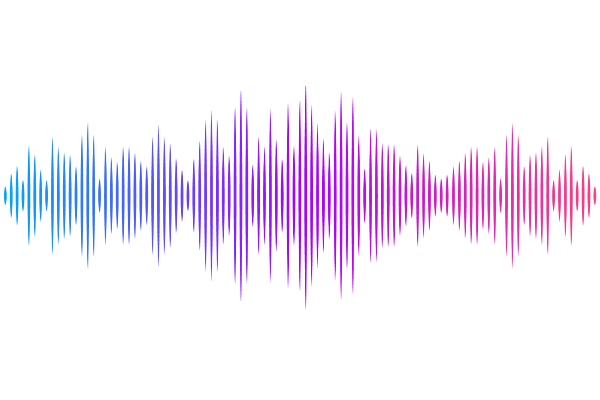Using Imaris to rigorously track PET-defined sites of lung inflammation in Mycobacterium tuberculosis-exposed non-human primates

Using Imaris to rigorously track PET-defined sites of lung inflammation in Mycobacterium tuberculosis-exposed non-human primates
Hurtado, E.; Alvarez, X.; Kaushal, D.; Mehra, S.; Ganusov, V. V.
AbstractAerosol exposure of non-human primates (NHPs) to Mycobacterium tuberculosis (Mtb) typically results in discrete sites of inflammation of the lung that is detectable by 2-deoxy-2- [fluorine-18]fluoro-D-glucose (18F-FDG)-based PET/CT scans. Such scans are often analyzed using software such as Invicro VivoQuant or OsiriX as 3D images by manual labeling sites of PET signal using 2D slices and by reporting maximal SUV either of the whole lung or of individual lesions. Here we propose a pipeline for analysis of the same PET/CT scans using Imaris, a proprietary software typically used for analysis of data from fluorescent microscopy experiments. We show that by using locations of spine vertebra (denoted as \"landmarks\") we can align serials scans of the same animal, and by using automated (with some manual corrections) image segmentation in 3D as \"surfaces\", we can accurately define location of all sites of inflammation in the lung and lung-associated thoracic lymph nodes (LNs). We show that there is an excellent correlation between individual lesion\'s maximum SUV determined by Invicro VivoQuant and maximum intensity determined by Imaris suggesting utility of this approach. Imaris also provides wealth of additional information for each of the identified lesions such as volume, location, shape, surface area, and others, and each lesion can be exported in Virtual Reality file format (.wrl) allowing for detailed and rigorous analyses of how features of these PET-defined lesions evolve over time and correlate with the outcome of infection and/or treatment.